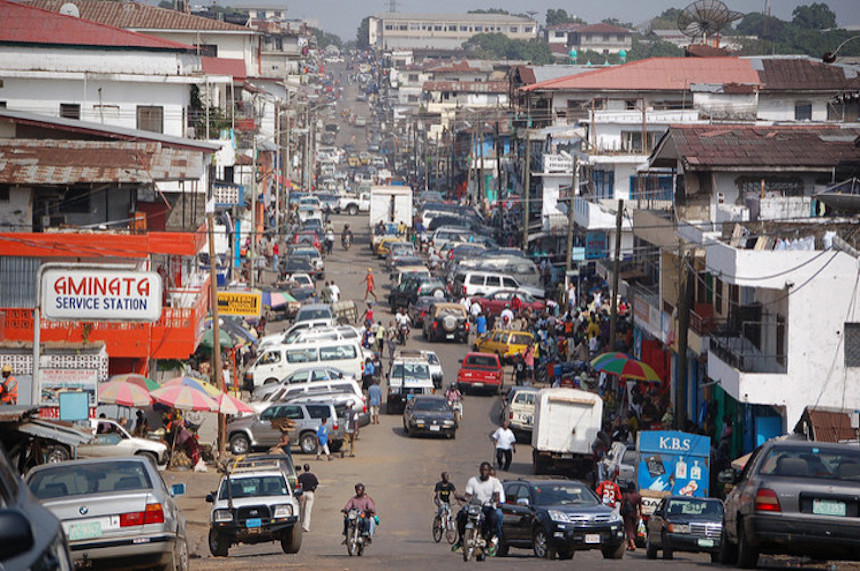 The United Nations set 17 Sustainable Development Goals (SDGs) for countries to reach by 2030.
The United Nations set 17 Sustainable Development Goals (SDGs) for countries to reach by 2030.
Achieving them requires political will and investment, but also policies that are informed by evidence. This is where academics and researchers have an important role to play.
Policies and strategies are more likely to succeed if they are based on science. So policymakers and researchers will have to work together. And that requires trade-offs.
For scientists to be involved in the process they need new skills. They will have to learn to conduct research in communities, connect with policymakers and tackle complex issues from different perspectives.
If this integration takes place, the strategies and policies that are adopted to effect the SDGs will be informed by evidence and will have results that improve people’s lives.
Interlinked goals
The 17 goals address problems like hunger, poverty, education, gender equality and water and sanitation. Most of them are interrelated. To achieve one goal, others must be addressed.
Take the relationship between goal 3 (health) and goal 11 (sustainable cities). Goal three can’t be achieved without making cities inclusive, safe, resilient and sustainable. But building such cities requires an efficient public health system.
All the goals interact with others: clean water and adequate housing are linked to health, for example.
Researchers and policymakers all need to work across sectors. So, for example, health scientists need to work with scientists in other areas, as well as with non-health policymakers. And health policymakers working in cities need to work with researchers and other policymakers in housing, transport, food and trade.
Getting there will be hard because there are many barriers, such as non-inter-operable data systems, to sharing knowledge between sectors in the academic, civil society and policymaking spheres.
In the health sector there are signs that cross-pollination is starting to happen. A good example is the non-communicable disease toolkit which was developed by the UN Interagency Task Force for different policy sectors.
The toolkit advises specific government ministries on how to tackle non-communicable diseases in their fields. It gives non-health sectors information that helps them understand the health implications of their actions. It also suggests strategies that could contribute to improving the health of populations.
Labour ministers, for example, are advised that non-communicable diseases reduce the labour force, productivity and economic growth. They can see how preventing noncommunicable diseases makes economic sense.
Trade-offs and benefits
An intersectoral approach delivers benefits. But it also requires trade-offs from scientists and policymakers.
Scientists should strive to conduct research that has an impact beyond the lab and can be useful to policymakers. They need to understand that gathering evidence can take time and won’t always match the pace of their plans.
Unless these trade-offs are acknowledged there won’t be any meaningful engagement between the two sides. And that will mean that the potential for science and evidence to inform policy will be lost.
This approach is being taught in initiatives like the Global Young Academy, which aims to change the norms and expectations of scientists by steering training towards examining everyday issues, and by building capacity for engaging with policymakers.
![]() Initiatives like this are vital to ensure future scientists have the skills to engage beyond the lab. They also prepare science and policymakers to interact with each other.
Initiatives like this are vital to ensure future scientists have the skills to engage beyond the lab. They also prepare science and policymakers to interact with each other.
Tolullah Oni, Associate Professor at the School of Public Health and Family Medicine, University of Cape Town
This article was originally published on The Conversation. Read the original article.
